Hashem Khan, born on April 16, 1941, in Chandpur, Bangladesh, is a vibrant force in the nation’s art scene, weaving colors of passion and purpose into every canvas. Graduating from the Faculty of Fine Arts at the University of Dhaka in 1961, he began a journey that would intertwine his love for art with a commitment to social activism.
His artistic development continued with specialized training in book design and illustration at ACCU in Japan, enhancing his versatility as an artist, and showcasing it as an artist. He currently serves as the Chairman of the Bangladesh National Museum, where he continues to promote the country’s artistic heritage.
Over a remarkable 44-year tenure as a professor at the Faculty of Fine Arts, he inspired countless students and nurtured their creativity until his retirement in 2007. His dedication to art education is paralleled by his efforts to uplift children through creative expression, a commitment recognized by his authorship of several children’s books, and his role as a founding member of the Dhaka City Museum.
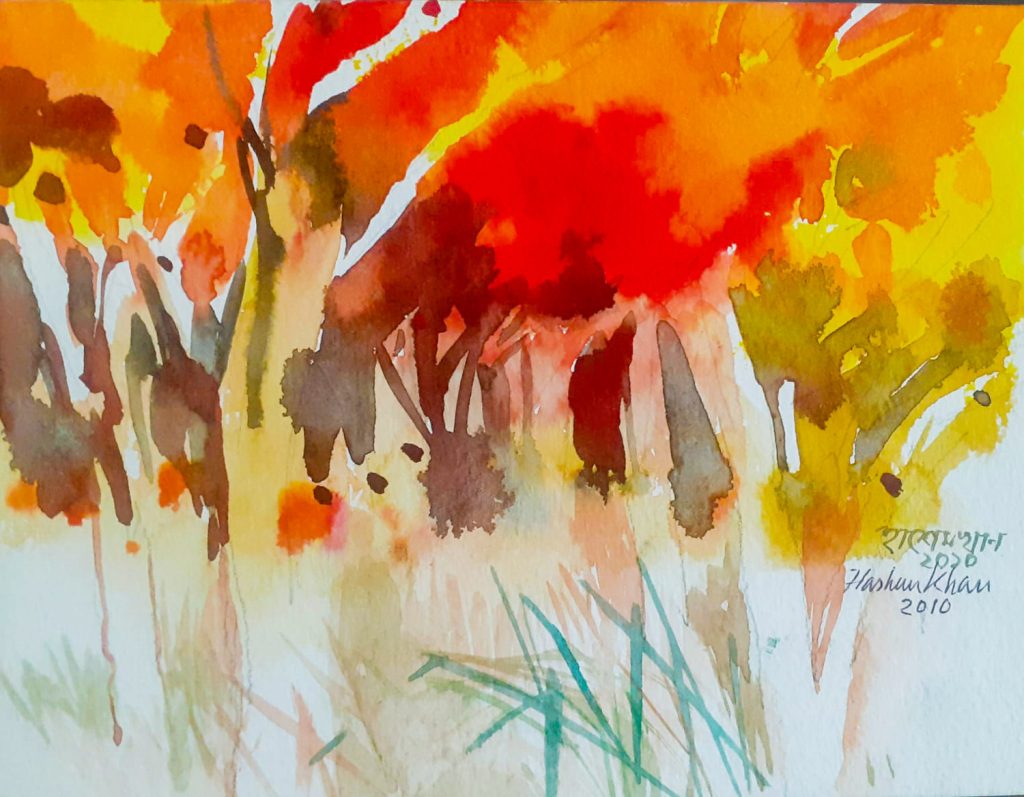

Throughout his career, Hashem Khan has received numerous accolades, including the Ekushey Padak in 1992 and the Independence Day Award in 2011, highlighting his profound impact on Bangladeshi art and culture. Today, he continues to create and advocate for the arts, inspiring future generations to explore their creativity while remaining connected to their heritage.
As he puts it,
“The simple joys of rural life fuel my creativity.”
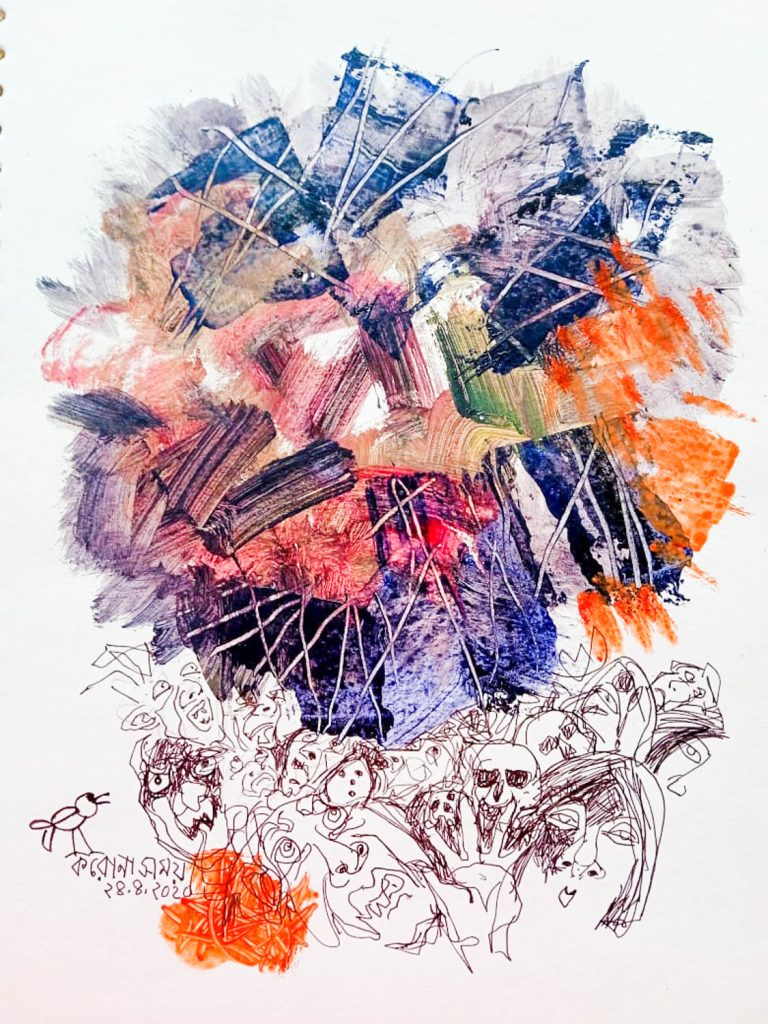
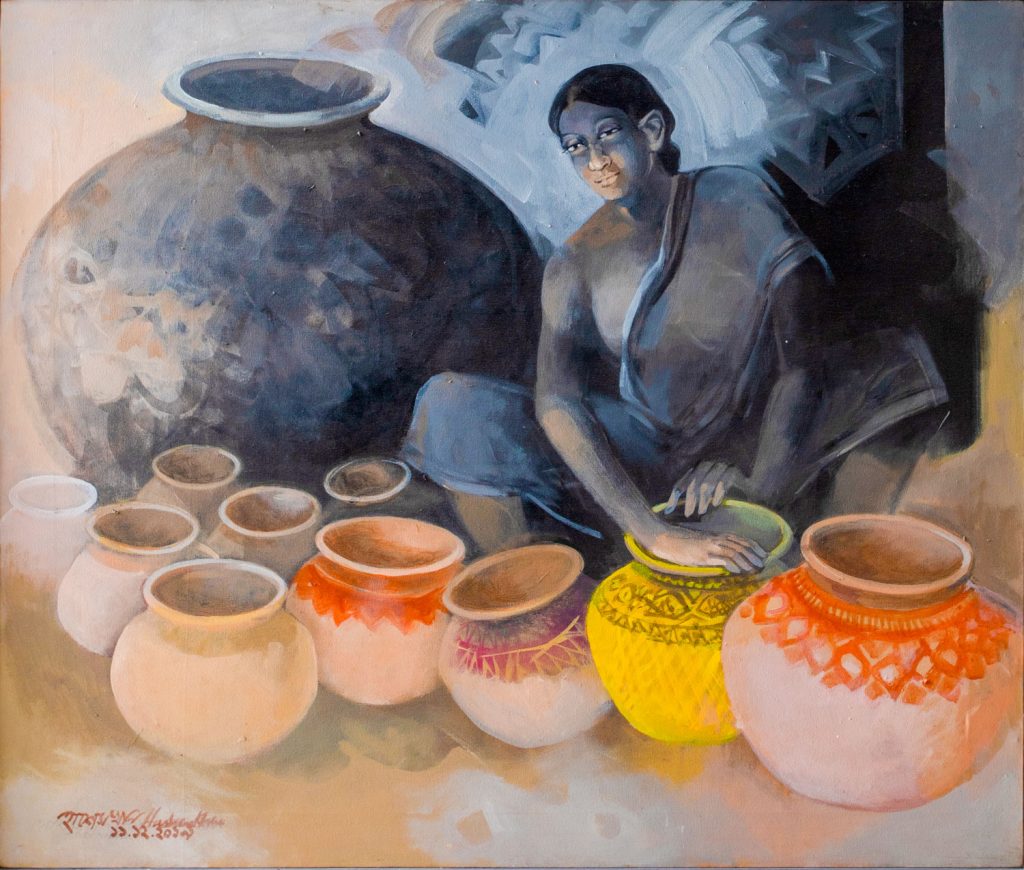
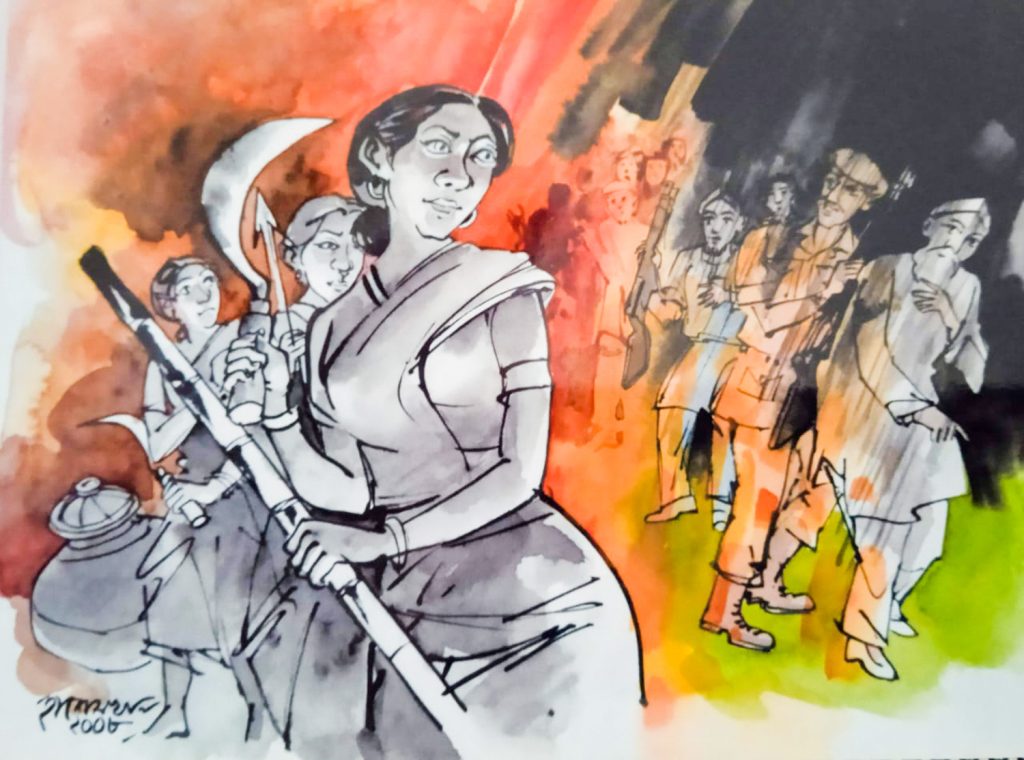
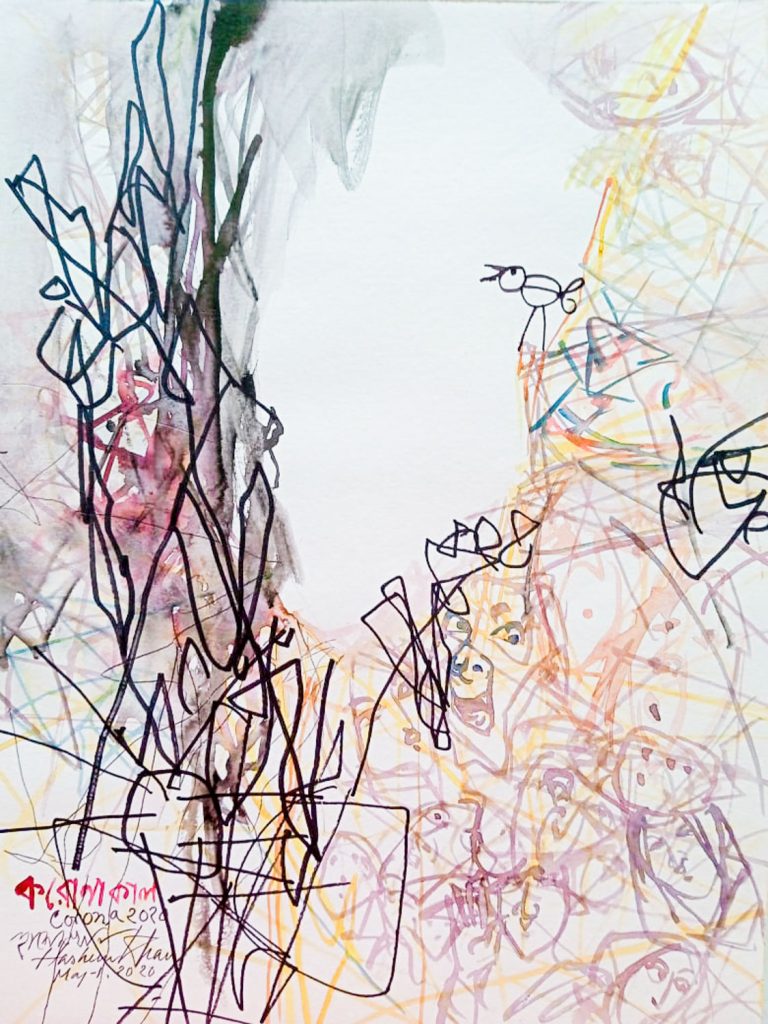
He is mostly known for his vivid portrayals of rural life in Bangladesh. His work has played a significant role in enriching the country’s art and culture. Scenes from everyday rural life, like fishing, making rice cakes, harvesting, sailing, moonlit nights, and loaded boats, often appear in his art. He believes that the richness of rural life is his greatest source of inspiration
As a participant in the Bangladesh Liberation War, Hashem Khan has created many powerful artworks that reflect the struggles and spirit of that time. He believes that
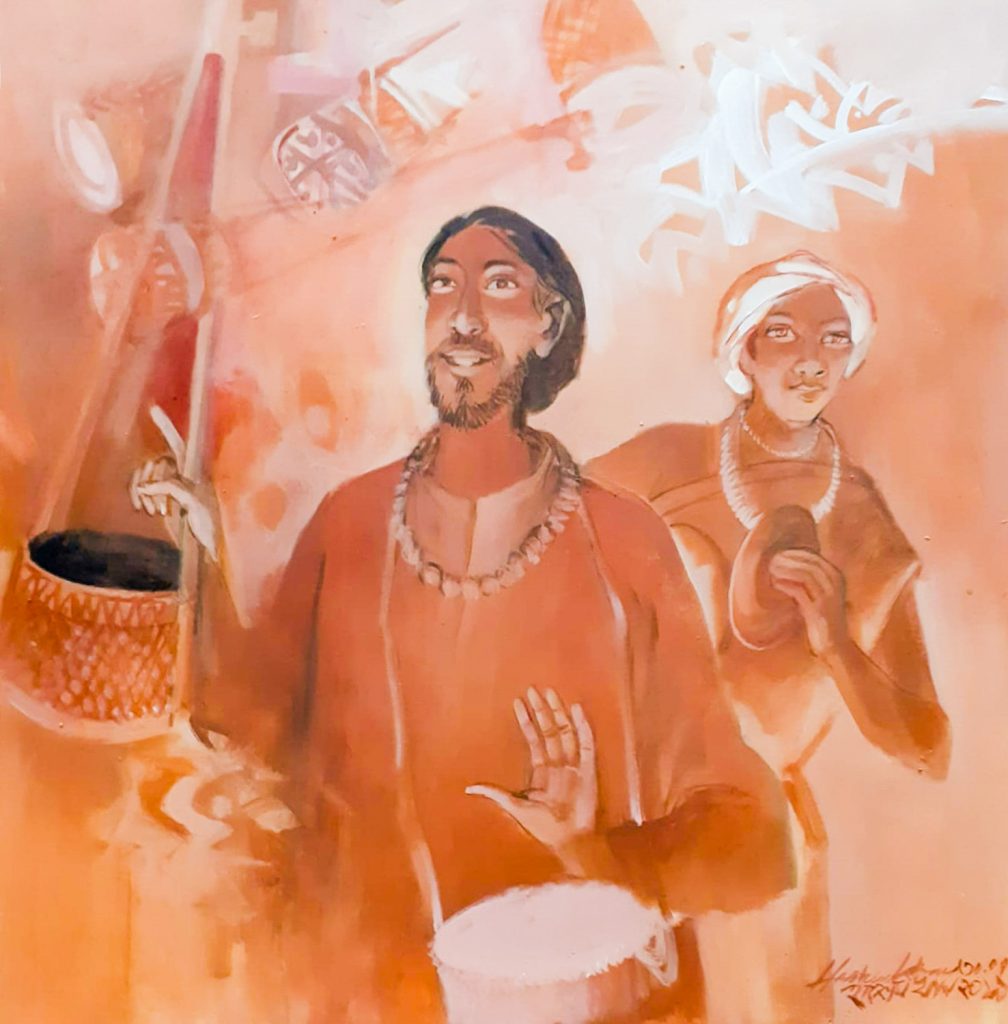
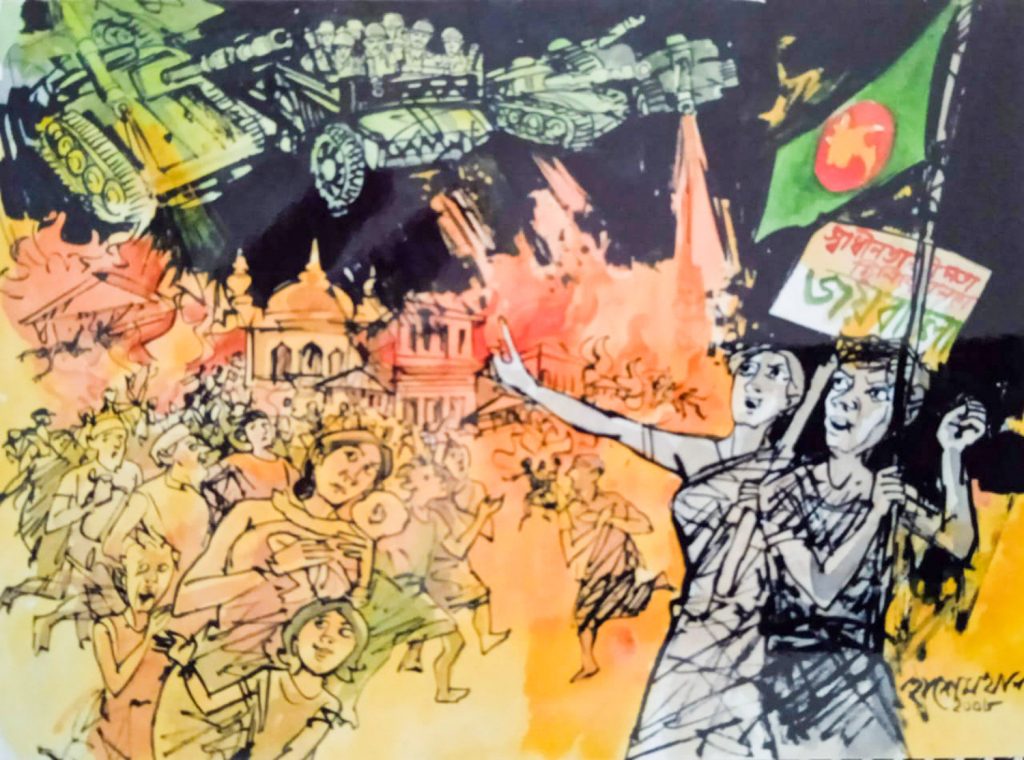

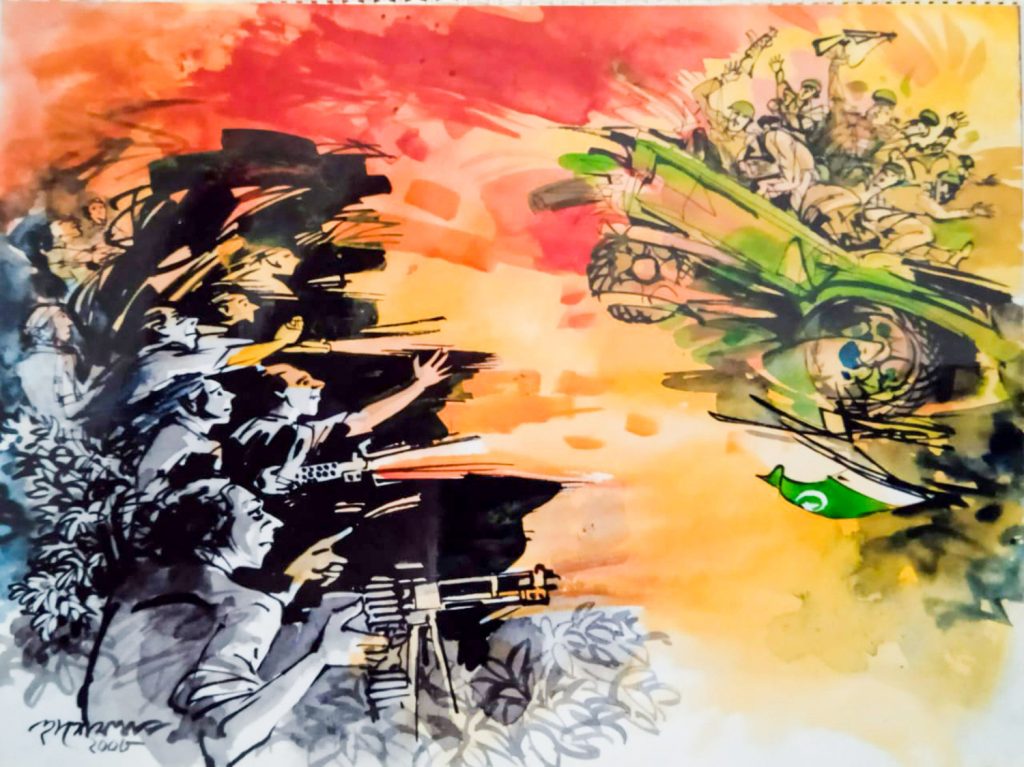
“Art is a powerful medium to narrate our history and emotions,” a sentiment that shines through his evocative pieces.
Hashem Khan began his distinguished career in 1963 when he joined the Oriental Art Department at the Fine Arts Institute of Dhaka University as a professor. His contributions to art and education were significant, particularly during the formative years of Bangladesh. In 1972, he served as the chief artist responsible for the artistic decoration of the Constitution of the People’s Republic of Bangladesh, a pivotal project that symbolized the nation’s identity and values.
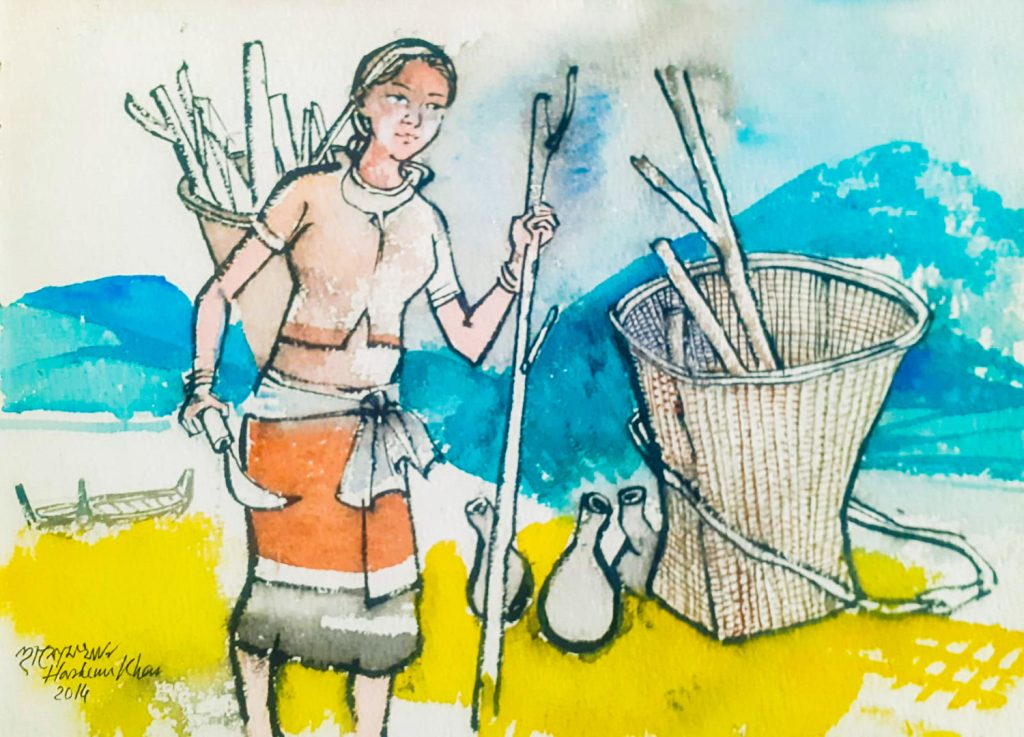
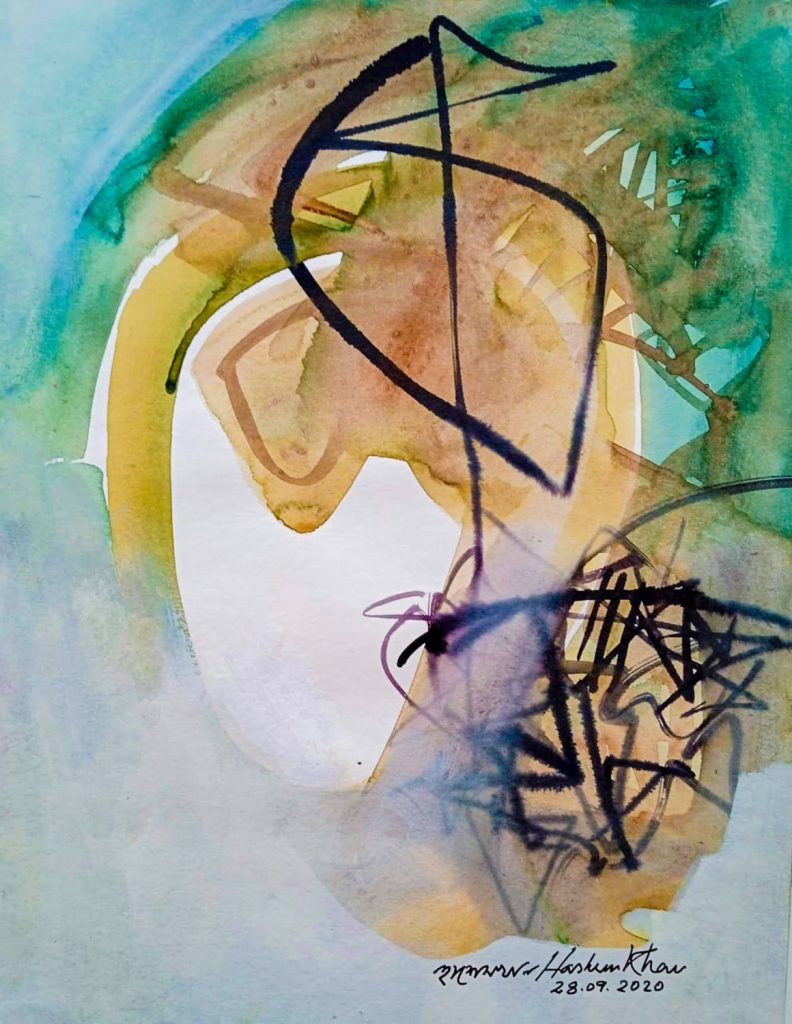
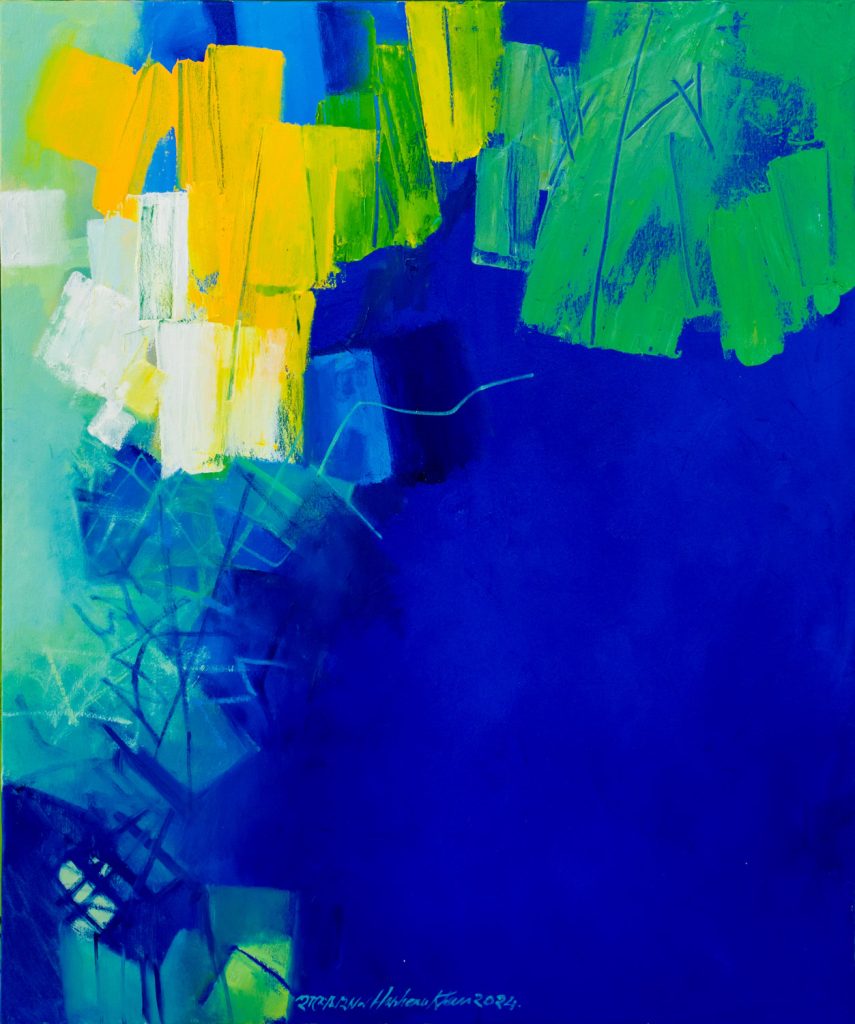
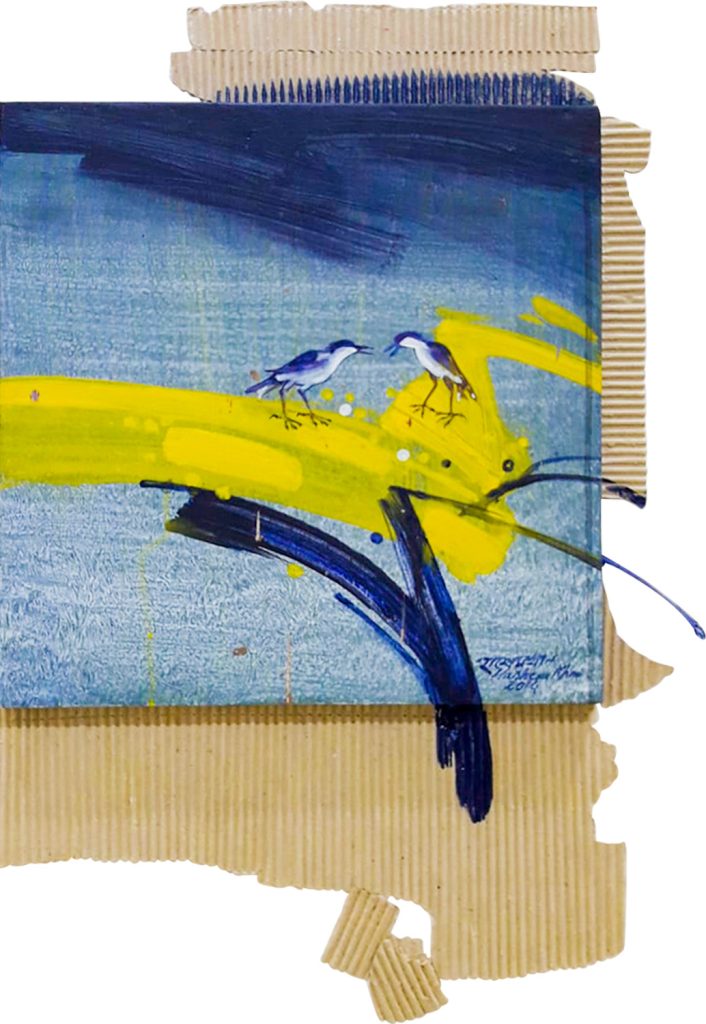

In 1973, he showcased the contemporary art of Bangladesh through exhibitions held in major cities like Kolkata, Delhi, and Bombay. These exhibitions not only highlighted the richness of Bangladeshi art but also positioned the country on the cultural map of South Asia.
His international engagements continued as he represented Bangladesh at the Children’s Book Artists’ Conference in Tokyo and Czechoslovakia during the years 1985, 1986, 1987, and 1989. This participation coincided with the International Year of the Child in 1979, emphasizing his commitment to art education and children’s literature.
Hashem Khan’s influence extended beyond teaching and exhibitions; he conducted numerous training workshops both domestically and internationally, fostering new talent and sharing his expertise. From 1997 to 2000, he served as a member of the Jury Board and Implementation Expert Committee for the construction of the ‘Freedom Pillar’ at Suhrawardy Udyan, a significant national monument.
In addition to these roles, he was an expert member of a steering committee tasked with establishing a National Art Gallery, National Theater, and National Center for Music and Dance. HIs impact on education is profound; he not only designed textbooks for various educational levels but also developed the fine arts curriculum for secondary and higher secondary education. He authored five books that serve as essential resources for students from sixth to twelfth grade, ensuring that the next generation is well-equipped to appreciate and contribute to the arts.
His paintings express the voices of the country’s people. He primarily uses green, red, and yellow in his exhibition pieces, along with various abstract shapes and designs. Many of these forms reflect the beauty of nature and show his deep appreciation for it. The artist pays careful attention to space, creating a remarkable depth in his work.
Hongkong and Shanghai Banking Corporation has partnered with Hashem Khan to publish a collection of his selected artworks. This collaboration highlights the importance of art in uniting communities and inspiring future generations. His diverse range of works truly represents the rich cultural journey of Bangladesh, marking him as one of the country’s iconic figures in the art world.
Hashem Khan expressed his concerns about the preservation of artworks by legendary artists, noting that many have not been maintained well. He highlighted that, even after many years of independence, the art and culture sectors continue to struggle due to insufficient budget allocation. With the release of his album, he aims to share a carefully selected collection of his artworks with the new generation. He also expressed gratitude to HSBC for their support in publishing the album.He often advised his students,
“Nurture genuine feeling in your artistic journey. Dive deep into your personal experiences, for they are the true essence of your art.”
Hashem Khan also explored a new medium with his wood sculptures. Having little prior experience in this area, he approaches wood with the playful curiosity of a child, using a chisel and hammer to create his pieces.
His sculptures, often referred to as wood cut-outs, showcase simplicity and elegance. Each work celebrates the power of form, focusing on minimal expression. One notable piece is a bird sculpture made from four blocks of wood. This piece captures the essence of a bird ready to take flight, conveying both majesty and joy through its clean lines.
Hashem Khan’s efforts to free form from unnecessary decoration reflect a desire for clarity and directness in his art. His wood sculptures invite viewers to appreciate the beauty in simplicity and the intrinsic qualities of the material itself. This new direction marks an exciting evolution in Khan’s artistic journey. His early experiences were marked by familial confusion regarding his career path. Despite these obstacles, he chose to follow his passion for art, a decision that reflects his belief that
“To create art, you must connect with your emotions.”
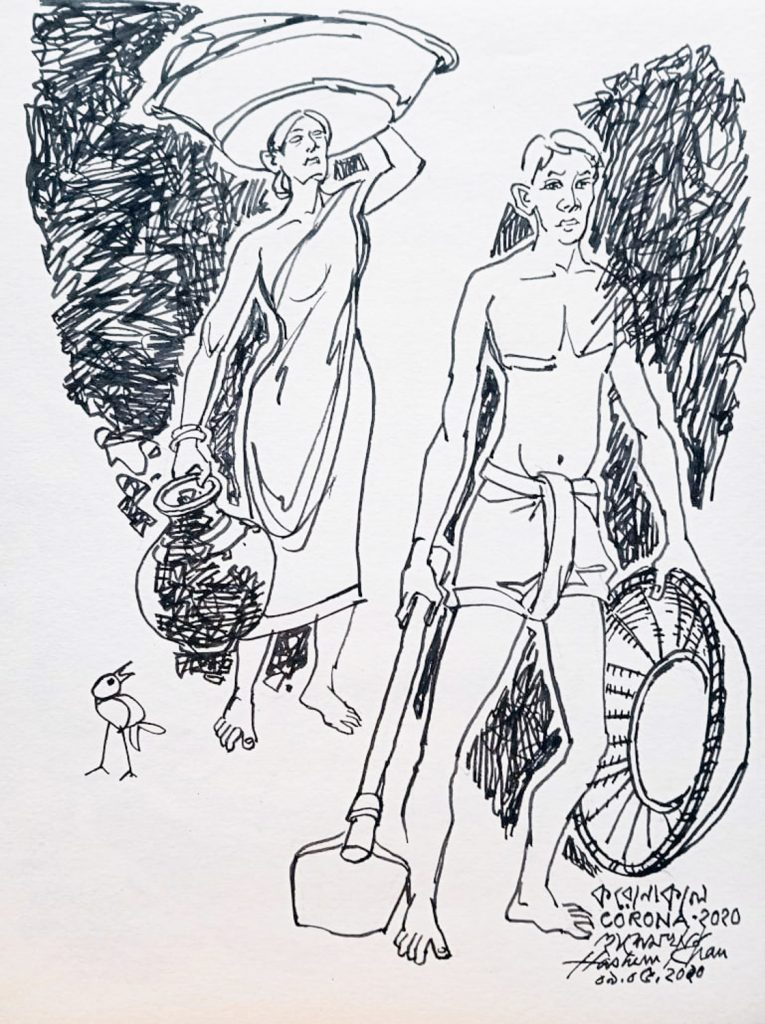
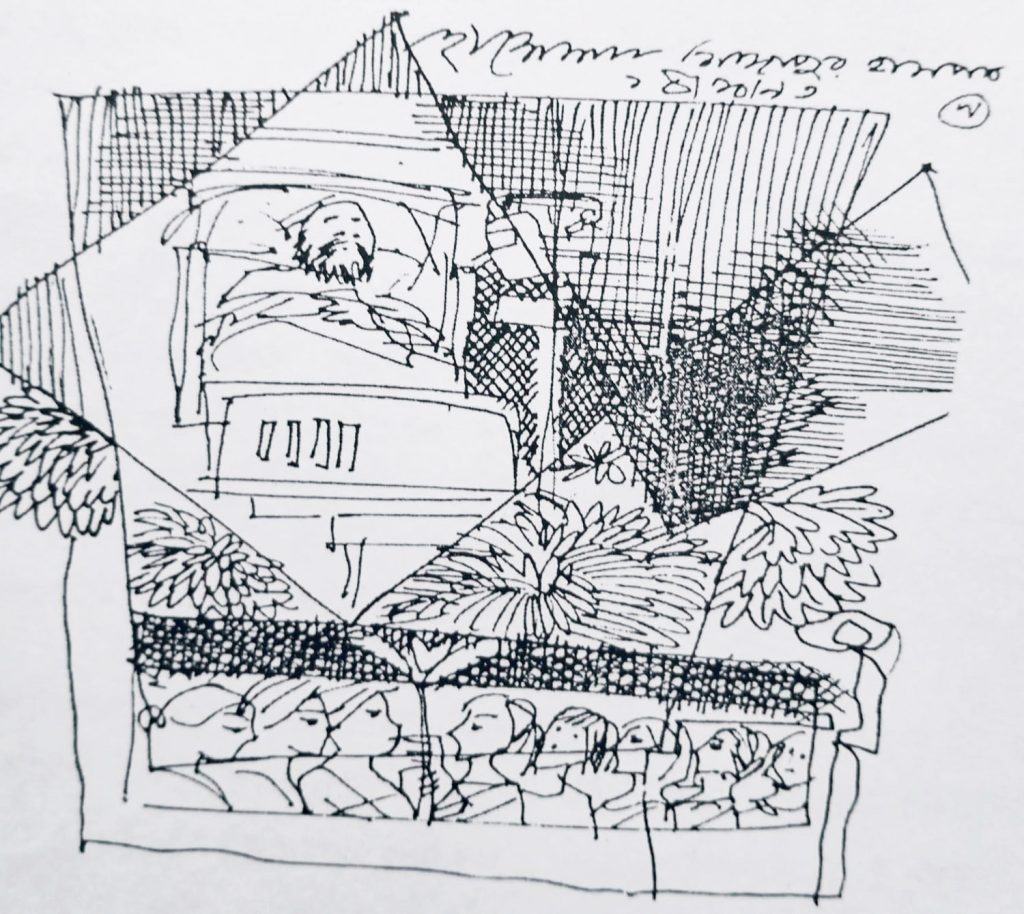
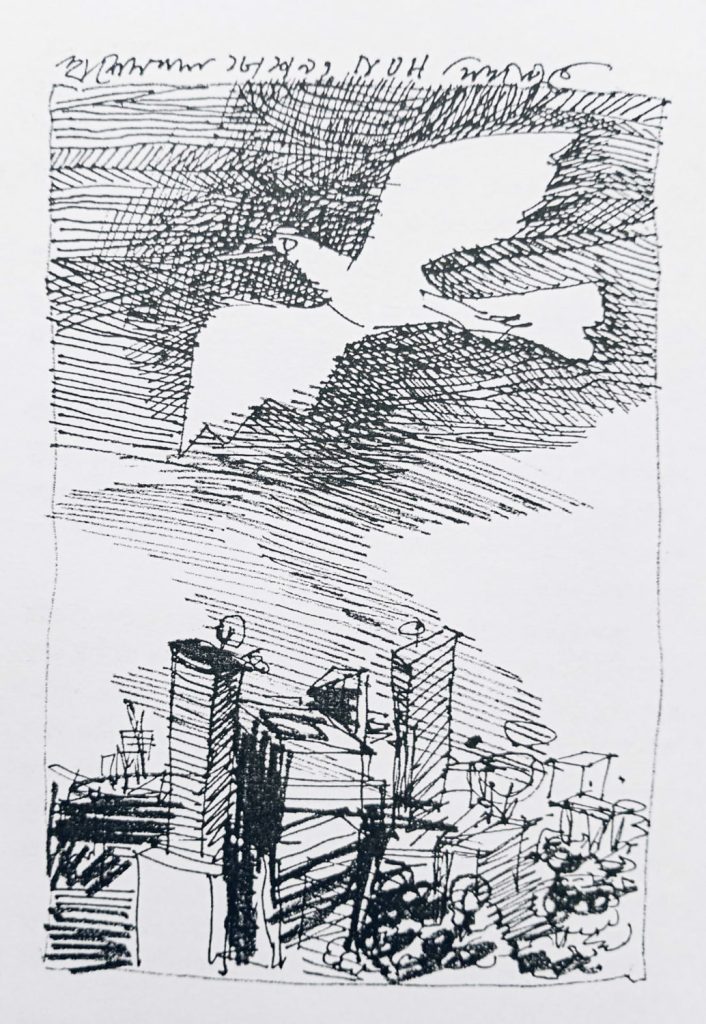
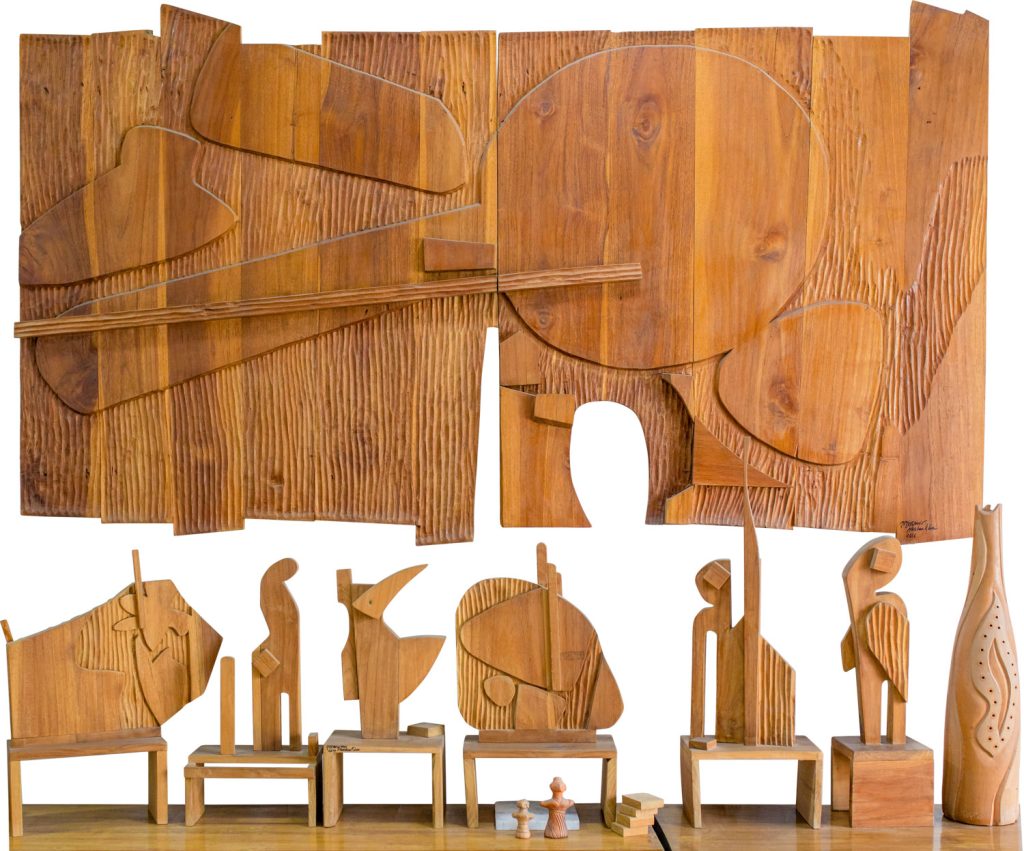


This philosophy not only defines his work but also his teaching, as he instilled in his students the importance of emotional engagement in their creative processes.


Hashem Khan’s determination to pursue art never wavered. He faced challenges head-on and saw them as chances to grow, showing an unstoppable drive to succeed. By staying true to his passion, he not only shaped his own journey but also inspired those around him. His commitment to his art proves that with hard work and a strong connection to one’s feelings, it’s possible to achieve great things.




